We are pleased to announce that Sea-Bird Scientific is now officially part of Veralto.


We are pleased to announce that Sea-Bird Scientific is now officially part of Veralto.
We are pleased to announce that Sea-Bird Scientific is now officially part of Veralto.
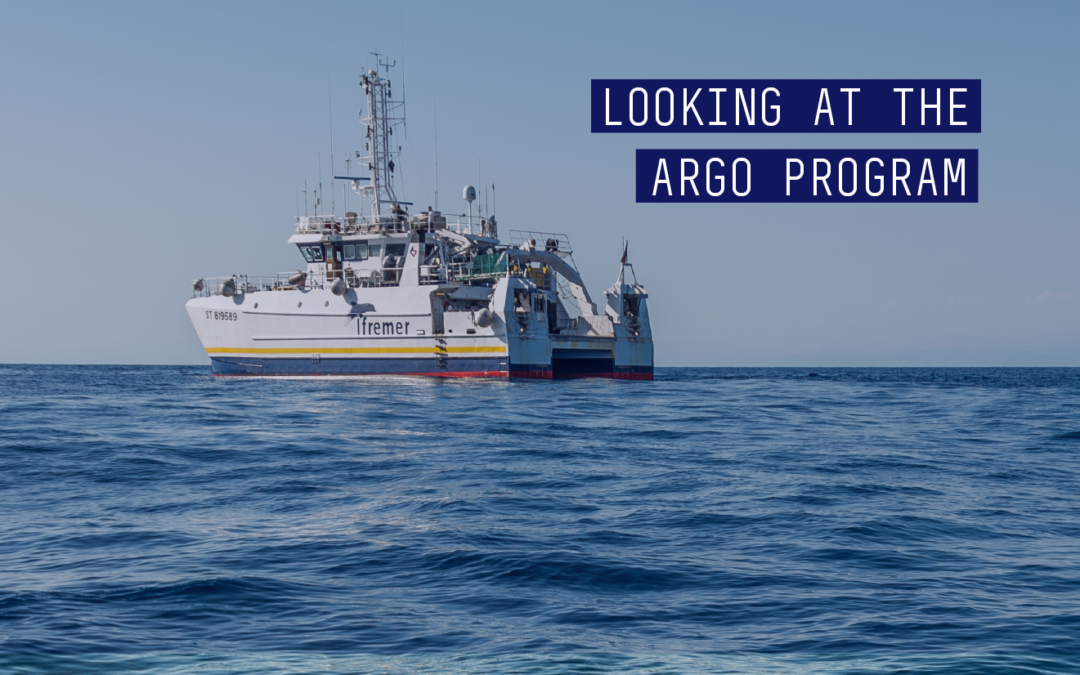
In the last year of news, the dominant story has been a science topic: the coronavirus pandemic. And though most forms of Marine Science have little to do with the global response to COVID-19, its effects are felt in almost every aspect of our own scientific...
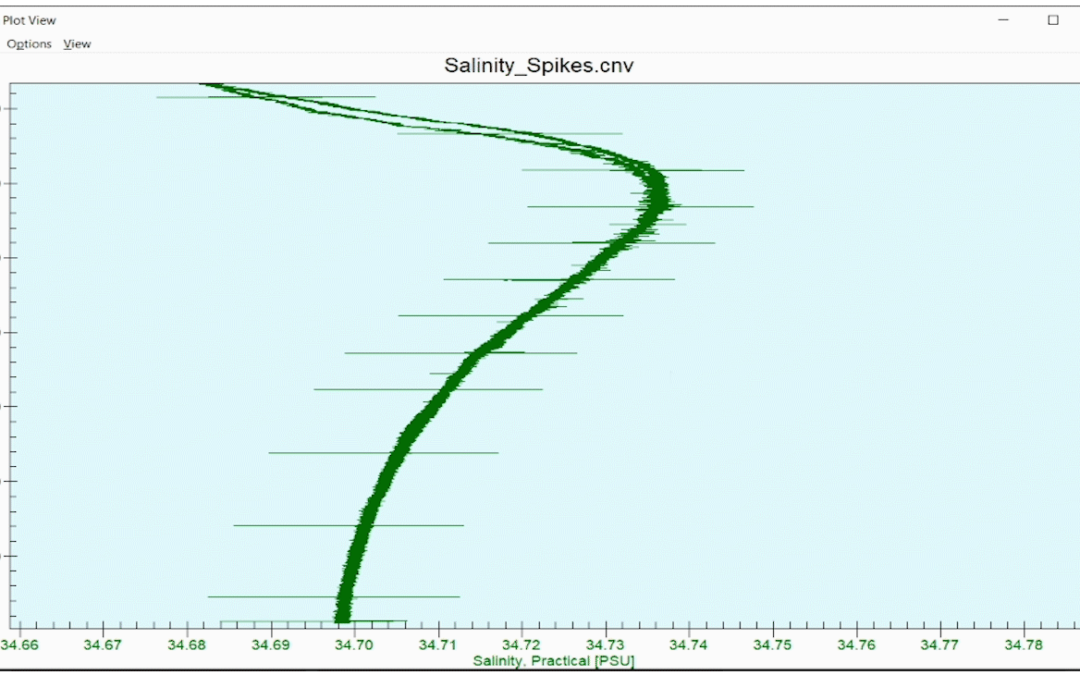
This salinity profile was from an arctic deployment in rough seas. At a certain point, we see regular salinity spikes of about ± .01 psu in the upcast data. Can you determine what caused this?
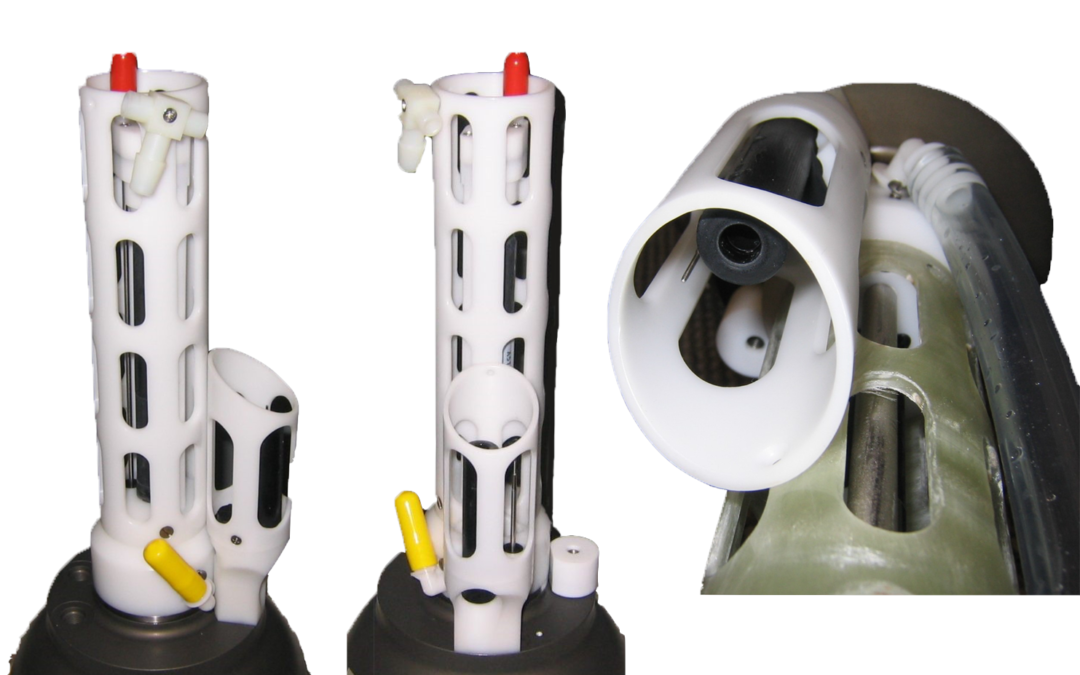
You never know what’s floating on the surface. That’s why Sea-Bird created the STS – to prevent the main Argo CTD from ingesting surface contaminants, but still obtain surface data. Learn how it helps extend deployments.
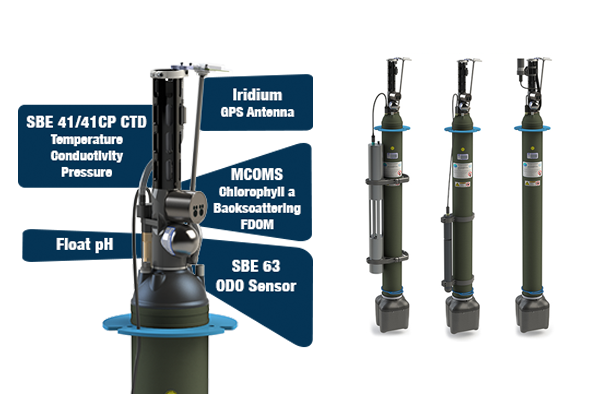
Did you know that the sensors that power BGC-Argo are also in heavy use on shipboard and moored platforms? Learn about the analogous BGC sensors for deployment on moorings and vessels, and how your field crew can keep stride with ocean robots.
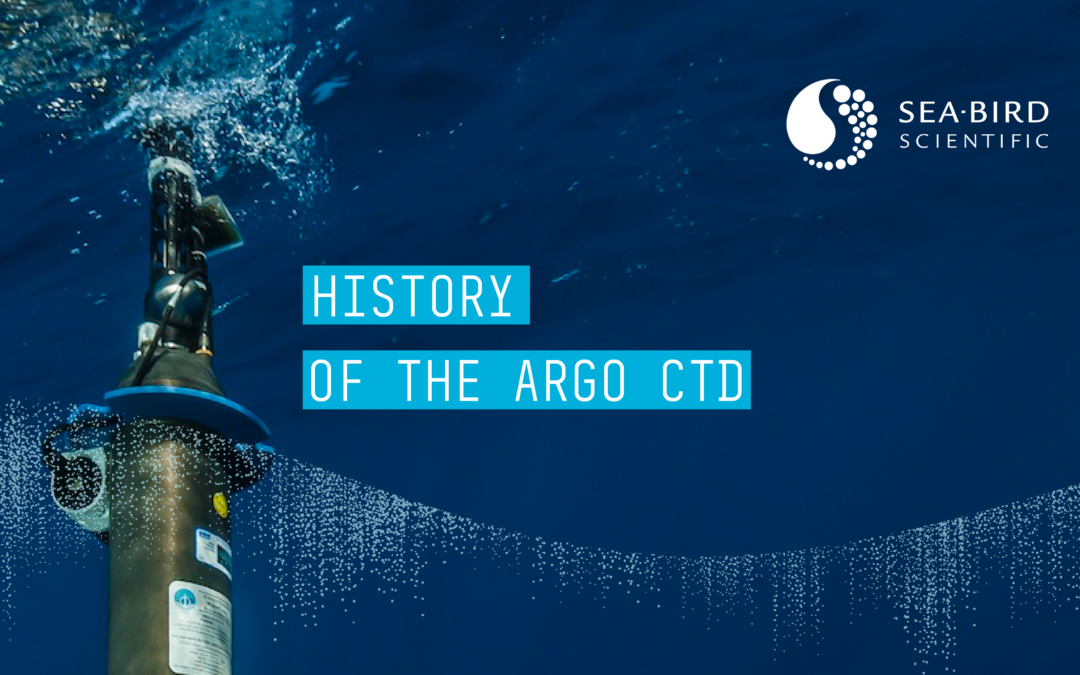
Believe it or not, the first profiling floats couldn’t measure temperature and salinity. They solely traced ocean currents, totally ignorant of the sweet CTD data they were passing by. Adding a CTD changed the game. Learn more about the early beginnings of Argo, and how Sea-Bird’s first float CTD helped change the face of oceanography.
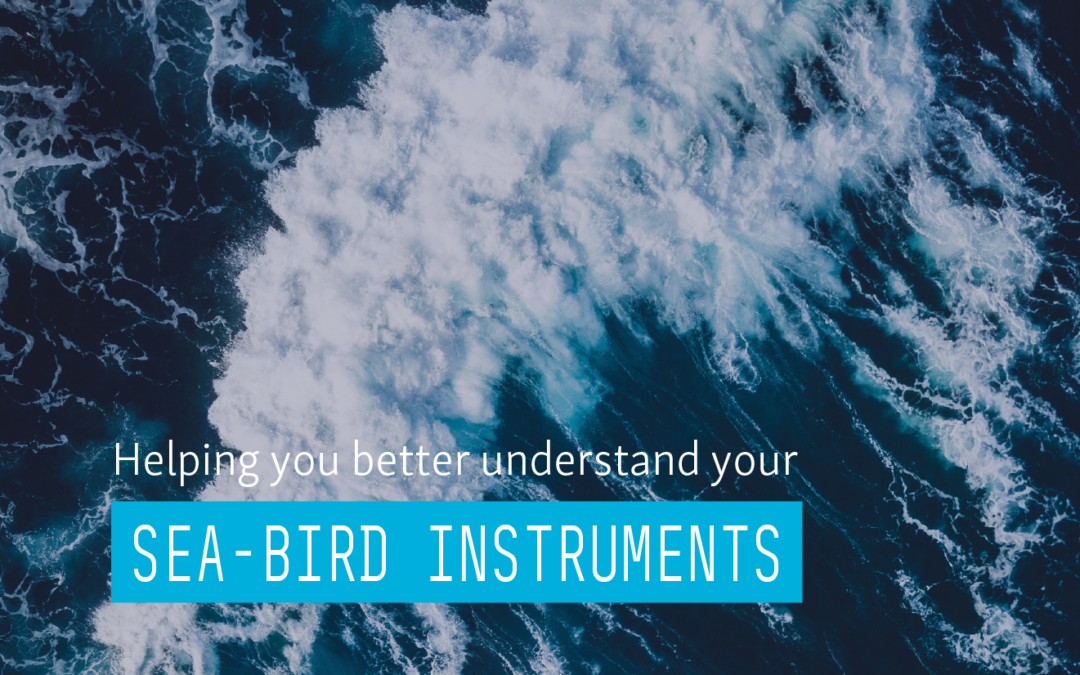
Our training videos focus on useful information that we usually don’t cover in Sea-Bird University. Watch now to learn about topics ranging from troubleshooting water samplers to understanding solid-state pH sensors. View Our Video Collection Have a request for a new...
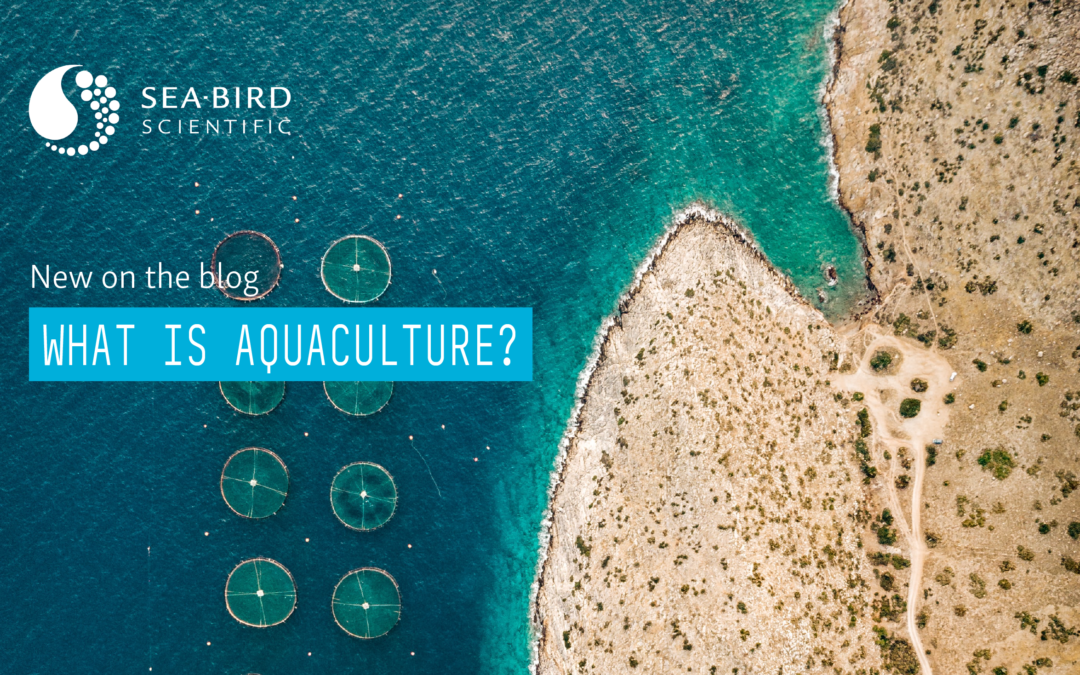
Understand the different types of aquaculture and how Sea-Bird Scientific can help make aquafarming programs successful.
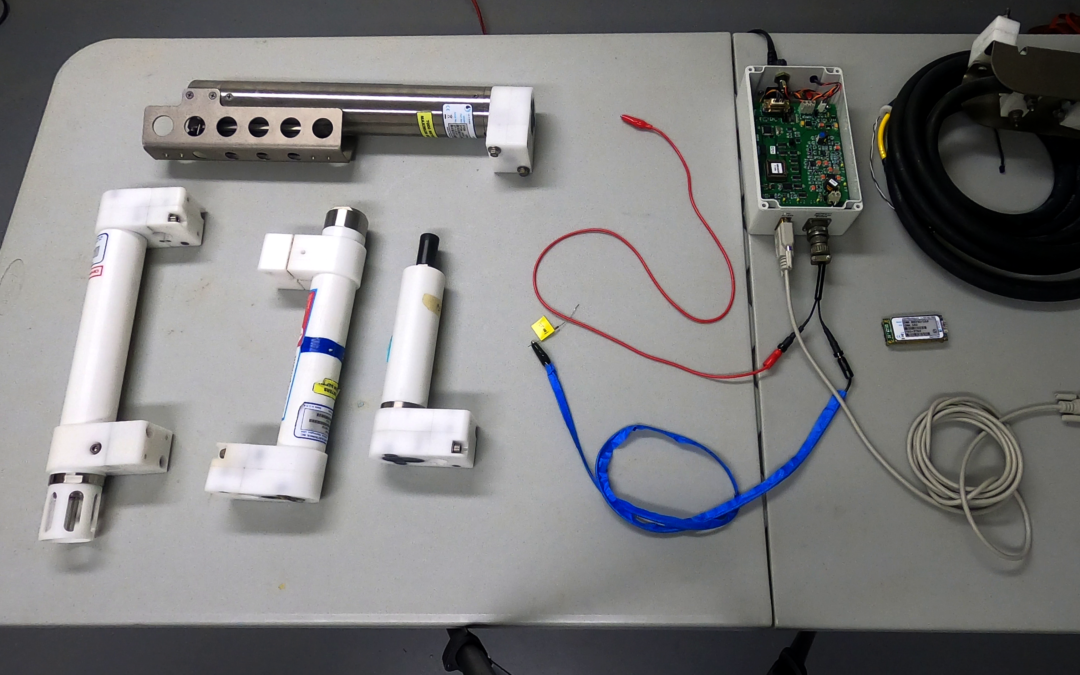
Conceptually, inductive moorings seem complex – communicating with 100 instruments through a single cable doesn’t exactly sound intuitive. But, in practice, the setup is surprisingly simple. Watch our latest video to see how easy it is to test and simulate an inductive modem mooring.
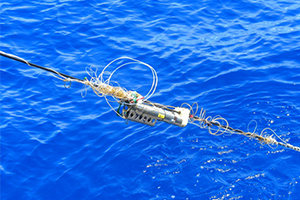
Deploying a moored CTD can be a game of trust. Nobody wants to return to their long-estranged CTD to find poor data quality. Of course, nobody wants to visit the middle of the ocean everyday either. Fortunately, we’ve created a basic troubleshooting guide for moored...
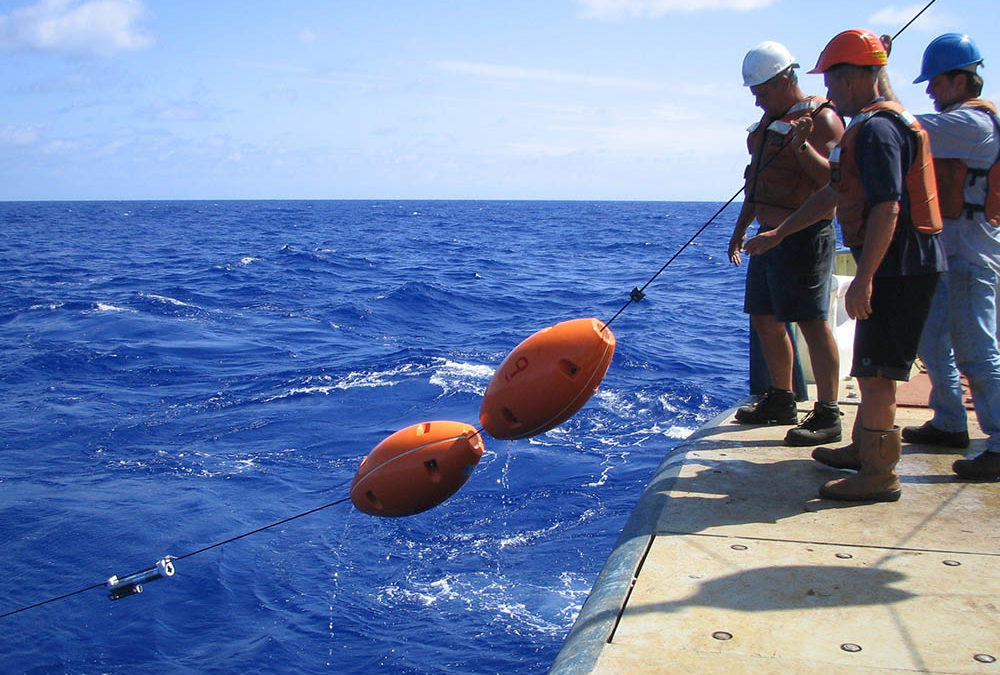
Inductive modem moorings are capable and flexible. Learn how 1 mooring line can facilitate real-time data for up to 100 instruments, in 5 unique configurations.
Sea-Bird Scientific is excited to announce a change in our service pricing model. Through this change, we can significantly improve service turnaround times, and our on-time delivery to you. Please see our below formal announcement: Have other questions? Please...
We are excited to celebrate Pride Month in 2023 with our supporters, partners, and associates. Pride is a special month to us, as it gives us an opportunity to reflect on our commitment and support to the LGBTQIA+ community, something that is integral to the culture...
Come and see us at the upcoming H20 Conference in Halifax, Nova Scotia, Canada. Natalie Zielinski, Product Manager, and Janelle Hrycik, Sales Engineer, will be onsite to answer your questions and discuss how our oceanographic instrumentation can be used on your next...